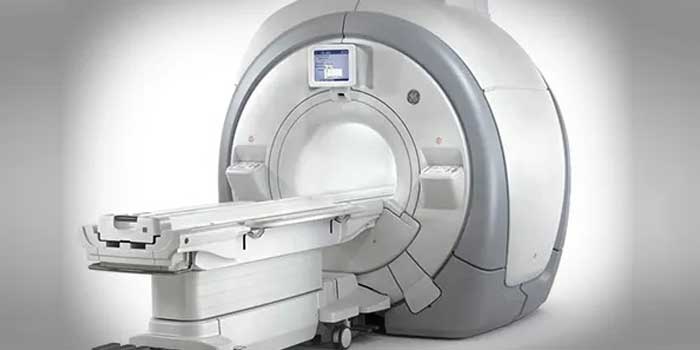Volumetric Modulated Arc Therapy (VMAT) is a cutting-edge radiotherapy technique that offers several advantages over traditional radiation therapy methods. Here are some of the key benefits of VMAT:
- Precise and efficient treatment delivery: VMAT allows for precise targeting of the tumor while minimizing radiation exposure to surrounding healthy tissues. This is achieved through the use of advanced imaging techniques, such as cone beam CT, which allows for real-time visualization of the tumor and surrounding anatomy. By delivering radiation in a continuous and precise manner, VMAT minimizes the treatment time while maximizing the dose to the tumor, leading to improved outcomes and reduced side effects.
- Rapid treatment delivery: VMAT delivers radiation therapy in a single or a few rotations of the treatment machine around the patient, resulting in shorter treatment times compared to traditional techniques. This not only improves patient comfort and convenience but also allows for more efficient use of resources within the radiation oncology department.
- Improved conformity and homogeneity: VMAT allows for the modulation of the intensity of the radiation beam as it rotates around the patient, leading to better conformity and homogeneity of the dose distribution within the target volume. This means that higher doses of radiation can be delivered to the tumor while minimizing the dose to surrounding healthy tissues, thereby reducing the risk of side effects.
- Reduced patient setup time: VMAT treatment planning techniques, such as image-guided radiation therapy (IGRT), enable accurate patient positioning and tumor targeting, reducing setup time and improving treatment accuracy. This leads to more consistent and reliable treatment delivery while minimizing the potential for errors.
- Enhanced organ motion management: VMAT is capable of adapting to organ motion during treatment, which is particularly beneficial for tumors located in organs that move with respiration, such as lung tumors. By continuously adjusting the radiation delivery based on the movement of the tumor, VMAT can improve tumor targeting and minimize the dose to healthy tissues, ultimately enhancing treatment outcomes.
To illustrate the advantages of VMAT, let’s consider a hypothetical scenario involving a patient with prostate cancer receiving VMAT radiotherapy. In traditional radiotherapy, the radiation beams are delivered from multiple fixed angles, and the patient must be repositioned between beams to ensure comprehensive coverage of the tumor while sparing nearby critical structures. This process can be time-consuming and may increase the risk of setup errors.
In contrast, VMAT allows for the continuous modulation of the radiation intensity and beam shape as the treatment machine rotates around the patient. This enables a more efficient and precise delivery of radiation, with the potential to reduce treatment time and minimize the dose to surrounding organs. Additionally, the ability to incorporate advanced imaging techniques, such as cone beam CT, allows for real-time visualization of the prostate and surrounding anatomy, improving the accuracy of treatment delivery.
Furthermore, VMAT’s ability to adapt to organ motion is particularly relevant in the case of prostate radiotherapy, as the prostate can move due to bladder and bowel filling, as well as respiratory motion. With VMAT, the treatment beams can be adjusted in real-time to account for these movements, ensuring optimal dose delivery to the prostate while minimizing the risk of radiation exposure to nearby healthy tissues.
In conclusion, VMAT offers a range of benefits for patients undergoing radiotherapy, including enhanced treatment precision, reduced treatment times, improved dose conformity and homogeneity, and the ability to manage organ motion. These advantages make VMAT an invaluable tool in the fight against cancer, allowing for more effective and efficient delivery of radiation therapy while prioritizing patient safety and treatment outcomes.







